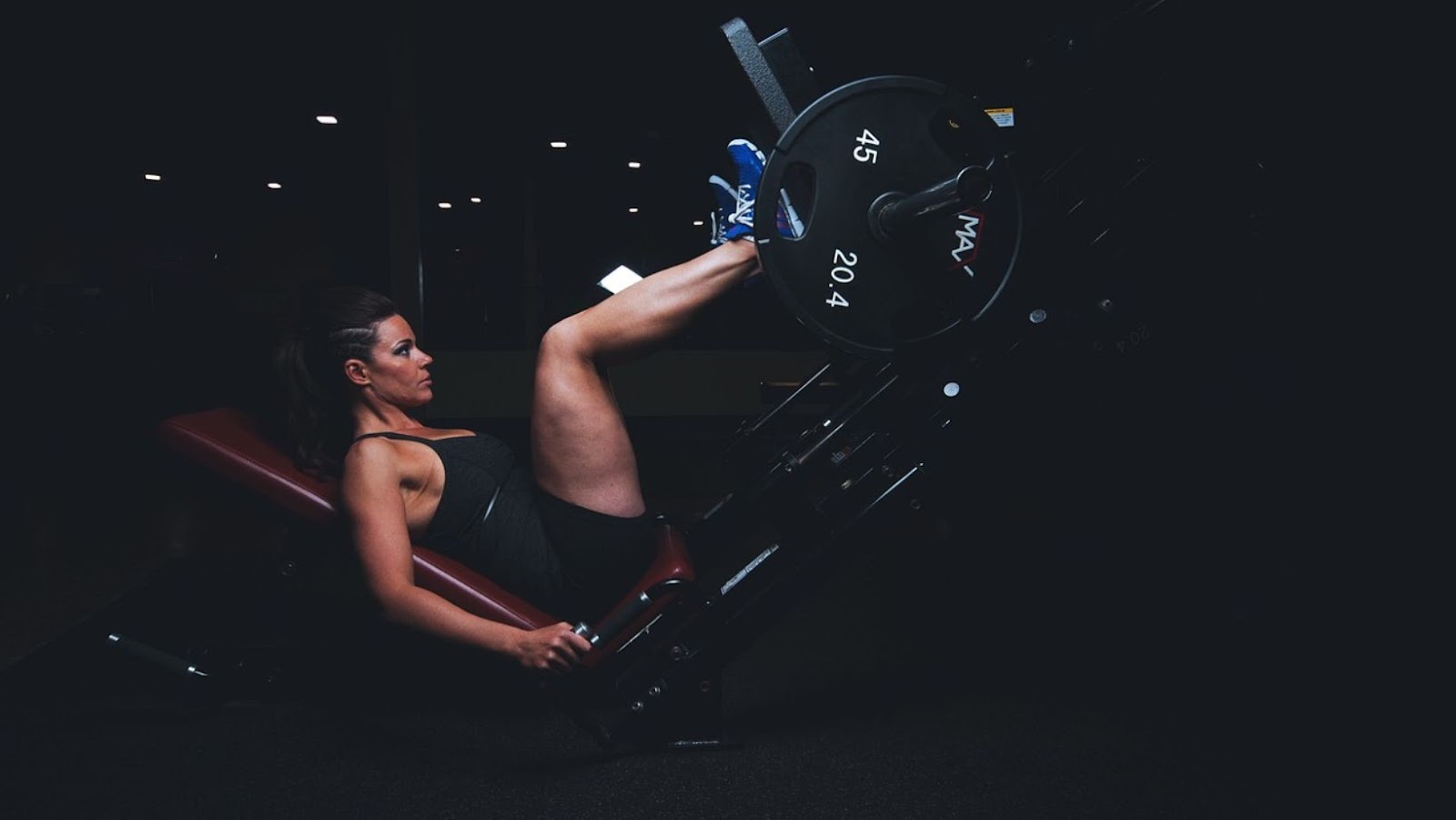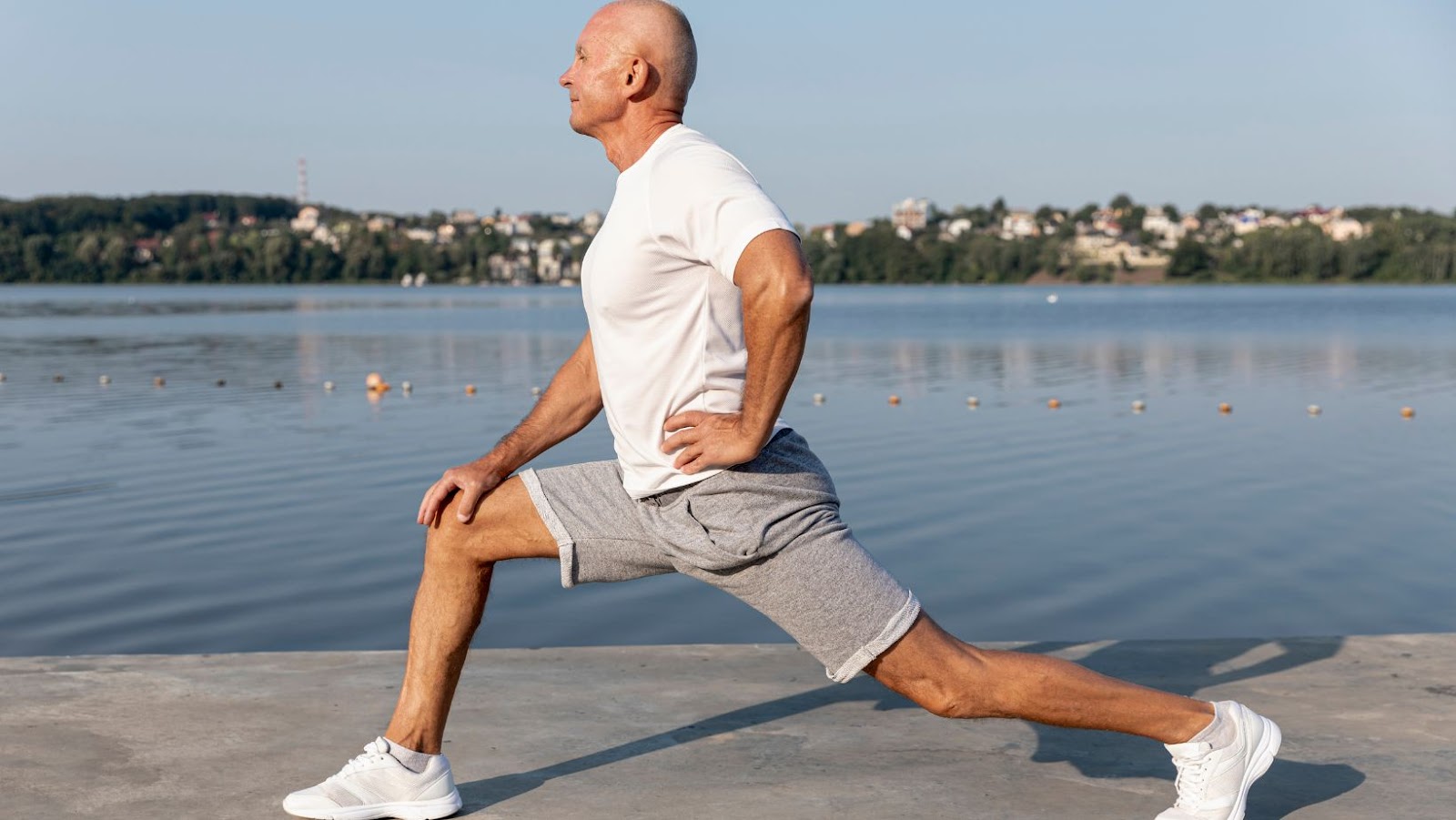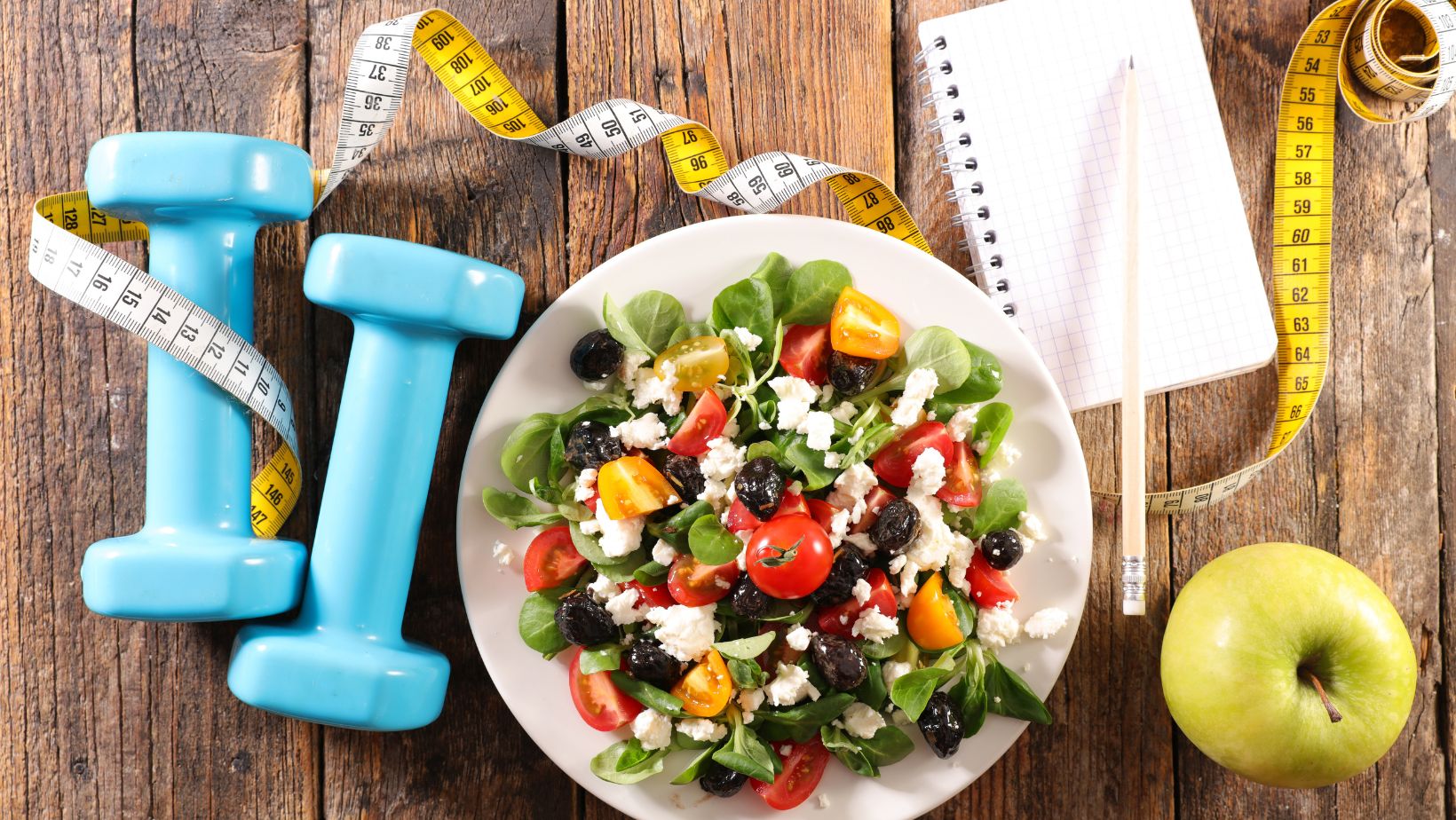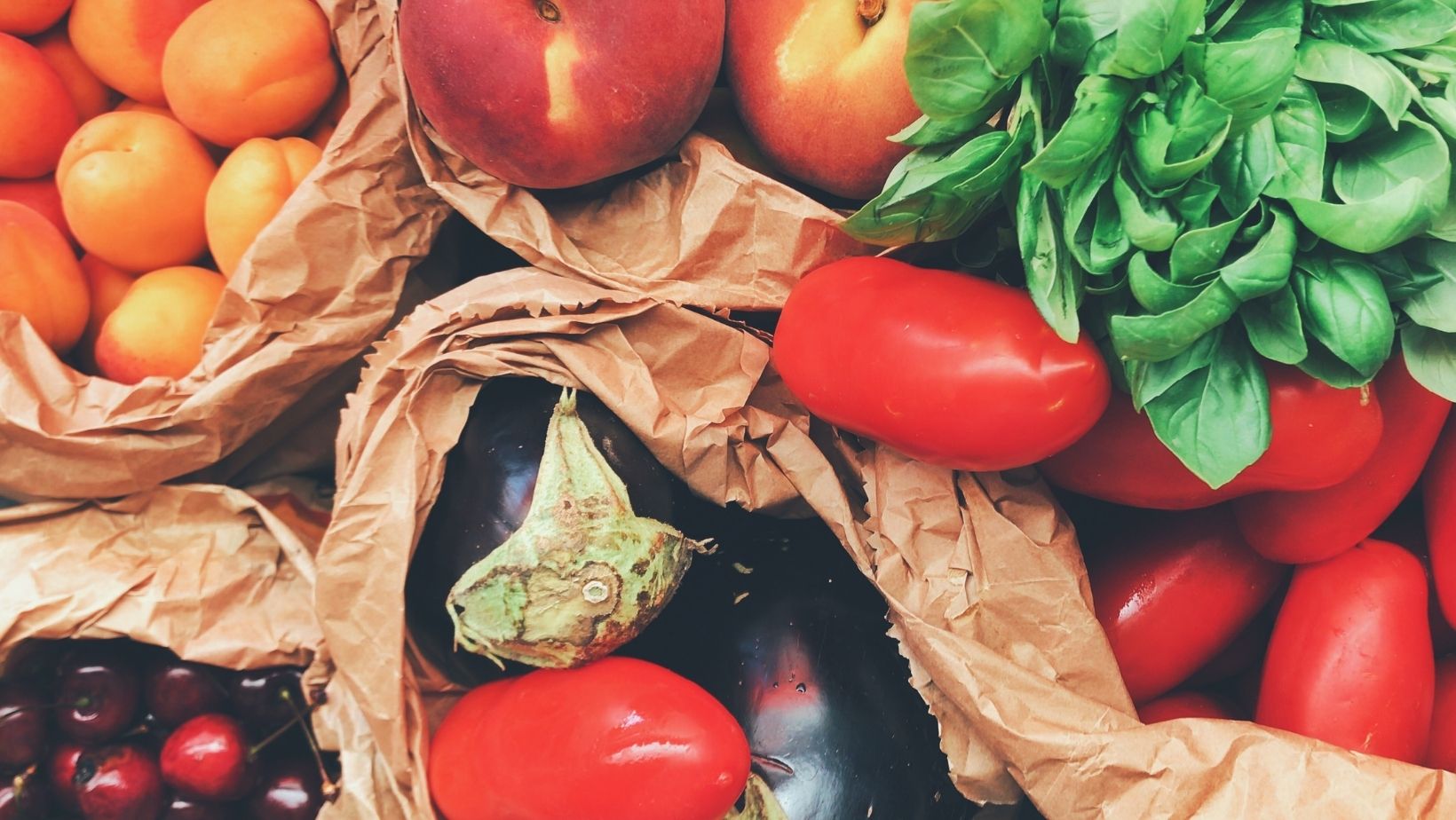Health Benefits of Stretching for Older Adults

Maintaining movement can be challenging for many elderly people. As we age, our muscles and joints weaken, and our range of motion decreases. Stretching benefits include enhanced strength and flexibility and improved circulation and blood flow, all of which contribute to a higher quality of life and healthy aging.
Stretching Helps to Alleviate Low Back Discomfort and Arthritis
Lower back discomfort in elderly persons is usually caused by osteoarthritis and spinal stenosis.
The most prevalent type of arthritis is osteoarthritis, characterized by the slow deterioration of cartilage between the facet joints. The ensuing discomfort in the low back usually comes and goes, but osteoarthritis may eventually cause sciatica. Along with common back osteoarthritis, arthritis commonly develops in the hips, knees, neck, fingers, and toes. Osteoarthritis affects 33.6% (12.4 million) of people aged 65 and up.
The narrowing of the bone channel occupied by the spinal nerves or cord is known as spinal stenosis. As a result, the spinal nerves become squeezed, resulting in sciatica symptoms such as tingling, weakness, and numbness in the low back, buttocks, and legs.
While osteoarthritis and spinal stenosis are both natural aging processes that cannot be avoided, the associated discomfort can be addressed with stretching exercises. Stretching regularly assists elders by increasing flexibility, range of motion, and suppleness, relieving stiffness in the affected joints. It is understandable that stretching and moving these joints may be difficult and uncomfortable. To lessen pain, it is recommended to use a heat pack to warm up stiff muscles before stretching and an ice pack to cool down muscles after activity to reduce swelling in the joints. You may also wish to attempt assisted stretching, which can be done with stretching equipment or with the help of another person.

Stretching Lowers the Likelihood of Falling
Falling is a big worry for older persons (those aged 65 and up). Every year, one in every three older persons falls, with 2.5 million requiring care in emergency rooms. According to research, regular bouts of stretching are crucial to balance and stability, aiding in the prevention of falls. In addition, improving flexibility in the hamstrings, quadriceps, and lower back, as well as hip joint mobility, is significant in preventing falls in older persons.
Stretching Aids in the Correction of Faulty Posture
Our body’s water content in connective tissue, such as ligaments and tendons, declines as we age, resulting in decreased elasticity and flexibility. Years of sitting bent over at a desk, combined with the tightening of ligaments and tendons in the chest and shoulders, will result in bad posture. Forward head position, rounded shoulders, upper back, and forward-pressing hips are all signs of poor posture.
Our spine’s inherent S-curvature compresses. This might result in lower back pain and soreness between the shoulder blades. However, continuous stretching practice makes it simple to improve flexibility. This will assist loosen stiff ligaments, tendons, and muscles, allowing you to move more freely.
Furthermore, combining senior strength training activities with a stretching regimen will help balance out weaker muscles while also correcting poor posture with the benefits of flexibility.
Stretching Improves Blood Circulation and Energy Levels
Dynamic stretching is a low-intensity stretching technique that uses movement to stretch your muscles in contrast to static stretching, stretching when your body is immobile. Dynamic stretches will lengthen your muscles while increasing circulation and nutrition flow throughout your body. As a result, the body’s energy levels rise. Increased vitality is essential in older persons for retaining independence, remaining social, and overall healthy aging.
Dynamic stretches include the following
- Arm movements
- Circles around the shoulders
- Lunges
- Swinging your legs
- Half Squats

Stretching FAQs
What is Stretching?
Stretching is a physical activity that is designed to lengthen and relax muscles. Stretching can be performed with or without equipment.
Is Stretching Good for You?
Yes, stretching is good for you. Stretching has many benefits, including improved flexibility, range of motion, and suppleness. Additionally, stretching can help prevent falls and improve posture.
How Often Should You Stretch?
You should stretch at least three times per week to see the full benefits of stretching.
What Are the Different Types of Stretches?
There are two main types of stretches: static and dynamic. Static stretches are performed when your body is at rest, while dynamic stretches are performed with movement.
What Are Some Good Stretches to Do?
Some good stretches to do include lunges, half squats, and swinging your legs. Additionally, arm circles and shoulder shrugs are also beneficial.
Does Stretching Make You Taller?
Does stretching make you taller is an often-asked question, but the answer is no. Stretching will not make you taller. However, it can improve your posture, which can give the illusion of being taller.
Conclusion
The benefits of stretching are not only for senior citizens. Regardless of age, incorporating a regular stretching regimen into your fitness routine will improve your quality of life.
Whether you are young or old, sedentary or active, including some form of flexibility training in your workout regime is essential to maintaining functional movement and peak physical performance.




